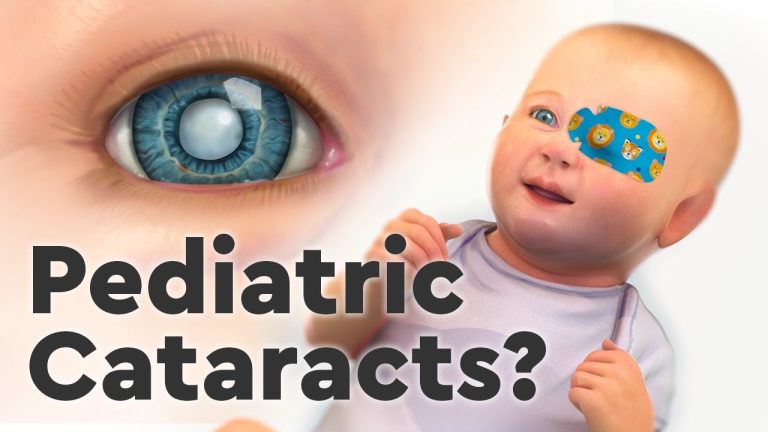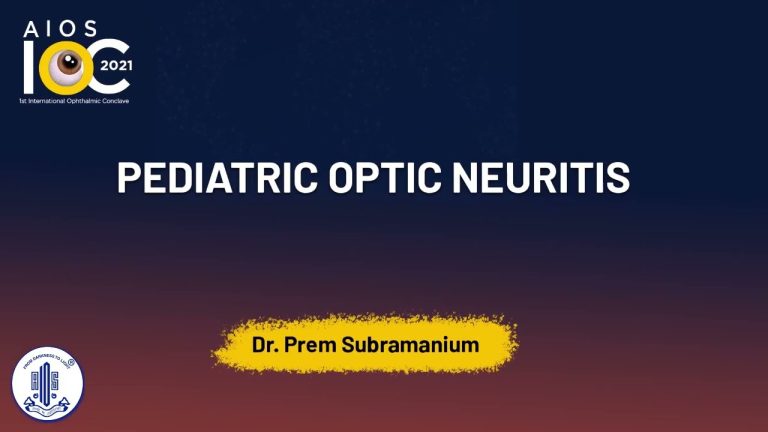Corneal Transplants in Children: A Comprehensive Guide for Optimal Vision Care
When it comes to vision care, it is no secret that the eyes are among the most delicate parts of the human body, especially in children. In many cases, cornea diseases can lead to permanent vision loss. Fortunately, corneal transplants can help restore vision in children and adults with conditions such as corneal scarring, thinning, or cloudiness.
Corneal transplantation is a surgical procedure that involves replacing a diseased or damaged cornea with a healthy one from a donor. The success of the surgery depends on various factors such as the extent of damage, the donor-recipient compatibility, and the postoperative care. When it comes to children, corneal transplants require special attention because of their growth and development needs.
The Benefits of Corneal Transplants in Children
Corneal transplants in children can significantly improve their quality of life. The surgery can help restore vision, prevent further vision loss, and alleviate symptoms such as pain, light sensitivity, and tearing. In addition, corneal transplants in children can also:
- Help improve social interactions
- Improve academic performance
- Reduce the need for vision aids such as glasses or contact lenses
- Improve the child’s confidence and self-esteem
The Types of Corneal Transplants
Penetrating Keratoplasty (PK)
Penetrating Keratoplasty is the most common type of corneal transplant. It involves removing the full thickness of the damaged or diseased cornea and replacing it with a healthy donor cornea. PK is usually recommended for children with extensive corneal scarring or severe cloudiness.
Deep Anterior Lamellar Keratoplasty (DALK)
Deep Anterior Lamellar Keratoplasty is a partial-thickness corneal transplant that involves replacing only the outer layers of the cornea. This procedure is recommended for children with conditions such as keratoconus or corneal thinning.
Endothelial Keratoplasty (EK)
Endothelial Keratoplasty is a partial-thickness corneal transplant that involves replacing only the innermost layers of the cornea. This procedure is recommended for children with conditions such as Fuchs’ endothelial dystrophy or other endothelial disorders.
Postoperative Care for Children
The success of corneal transplantation in children depends on their compliance with postoperative care instructions. It is crucial to follow up with the eye doctor regularly to monitor the progress of the surgery and ensure that the eye is healing properly. Some of the postoperative care instructions for children include:
- Using eye drops as prescribed
- Avoiding rubbing the eye
- Avoiding strenuous activities or contact sports that may cause eye injury
- Wearing protective eyewear when needed
- Keeping the eye area clean and dry
Overall, corneal transplantation is a safe and effective procedure for restoring vision in children with cornea diseases. It is essential to consult with an experienced eye doctor to determine the best course of treatment for the child’s needs. If you are looking for vision care products for children, look no further than our website. We offer a wide range of high-quality products that can help promote healthy vision and eye health in children of all ages.
Contents
Most wanted in Hoya Vision:
What are prism eyeglass lenses?
Hoya Lens Engravings
What brand lenses does Costco use?
Do tinted glasses help with migraines?
What does +0.25 mean on an eye test?
Hoya Identification Chart
Should eyeglasses cover eyebrows?
What LED light is best for broken capillaries?
What is the difference between Ray Ban RB and Rx?
Does hyperopia worsen with age?
















